With the political rhetoric and mass media firestorm shaping, if not commanding the immigration debate in the United States, it’s easy to find oneself distant and apathetic to the very issue at hand—people going from one place to another.
In this Witnessed, photographer Taliesin Gilkes-Bower shares his experiences traveling along the Mexico-United States border producing his “Hard Stop: Along The Wall” photo series and accompanying Aguilas del Desierto (Eagles of the Desert), a San Diego-based non-profit that searches for lost or abandoned migrants crossing through the hostile deserts of California and Arizona hoping to cross an increasingly militarized border.

New truck components await transport in Otay Mesa, California.
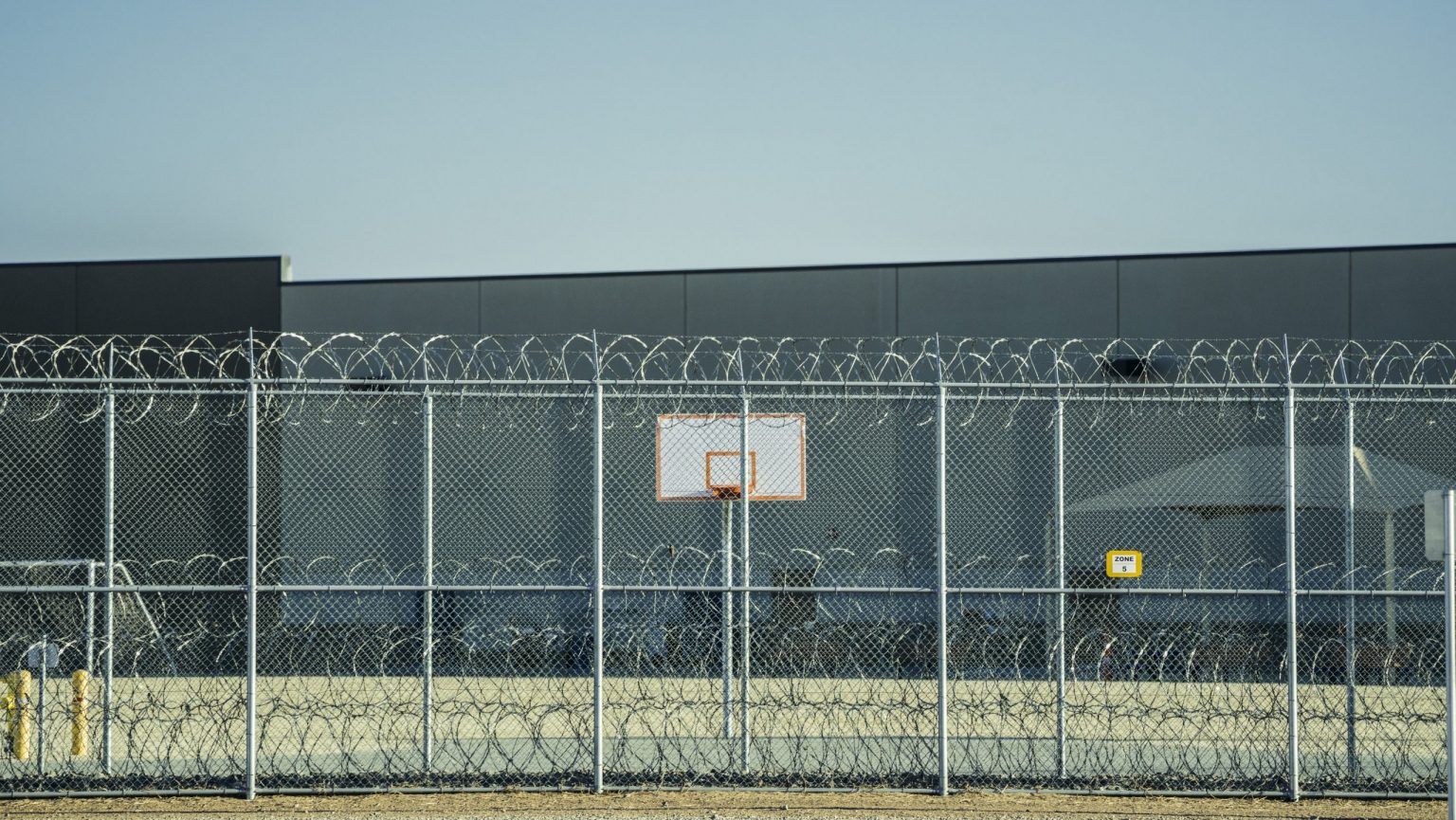
Imperial Regional Detention Facility in Calexico, California. The ICE facility is owned and operated by private prison contractor CoreCivic (formerly Corrections Corporation of America).


“[She] was told that under the threat of death, she would be responsible for a 9-year old child that she was gonna bring across into the U.S.”
— Taliesin, describing the experiences of a 22-year old woman from Guatemala after reaching the border



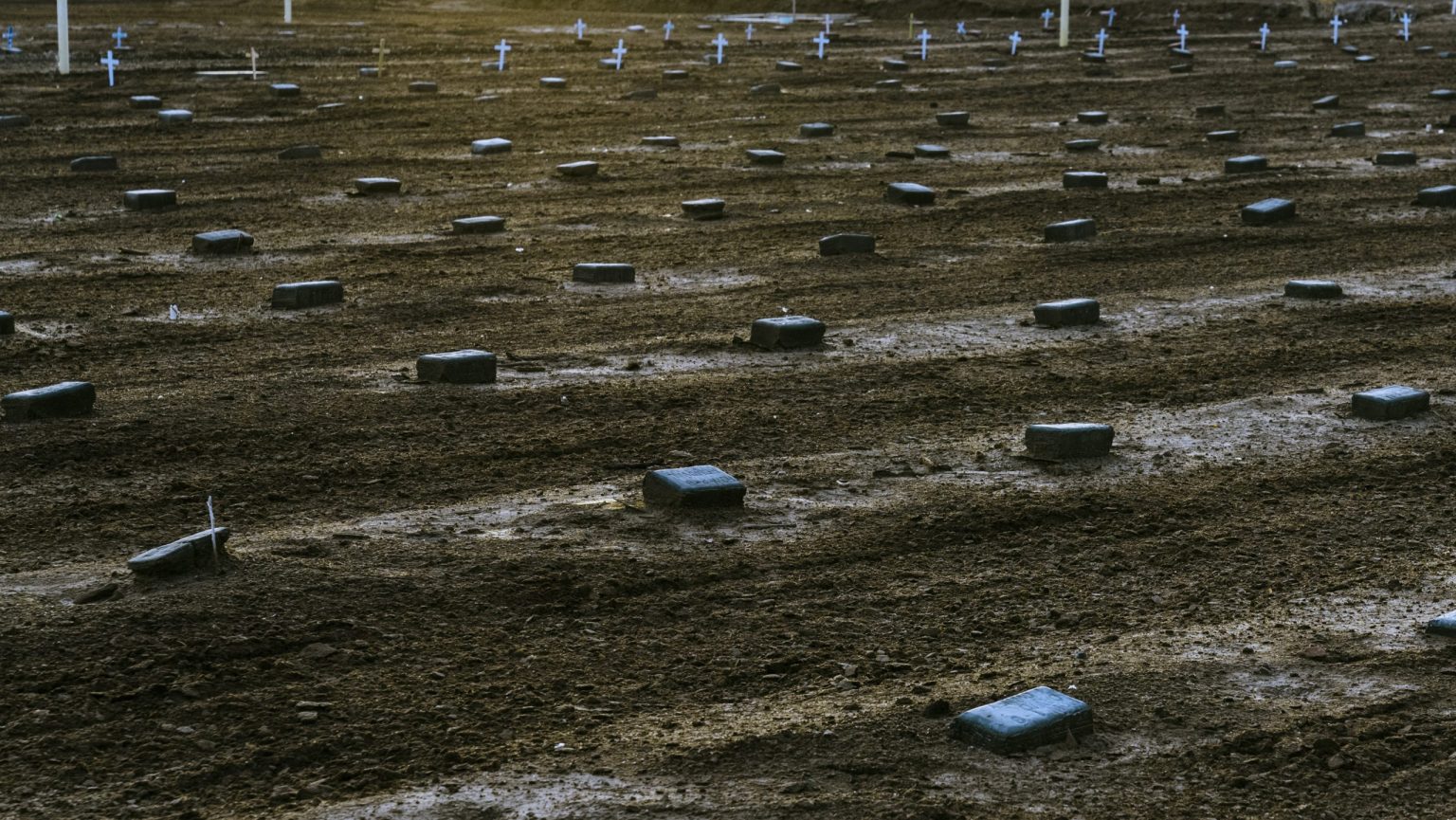
Over 500 graves for deceased migrants in a dirt lot behind the Terrace Park Cemetery in Holtville, California. Most read Jane or John Doe.
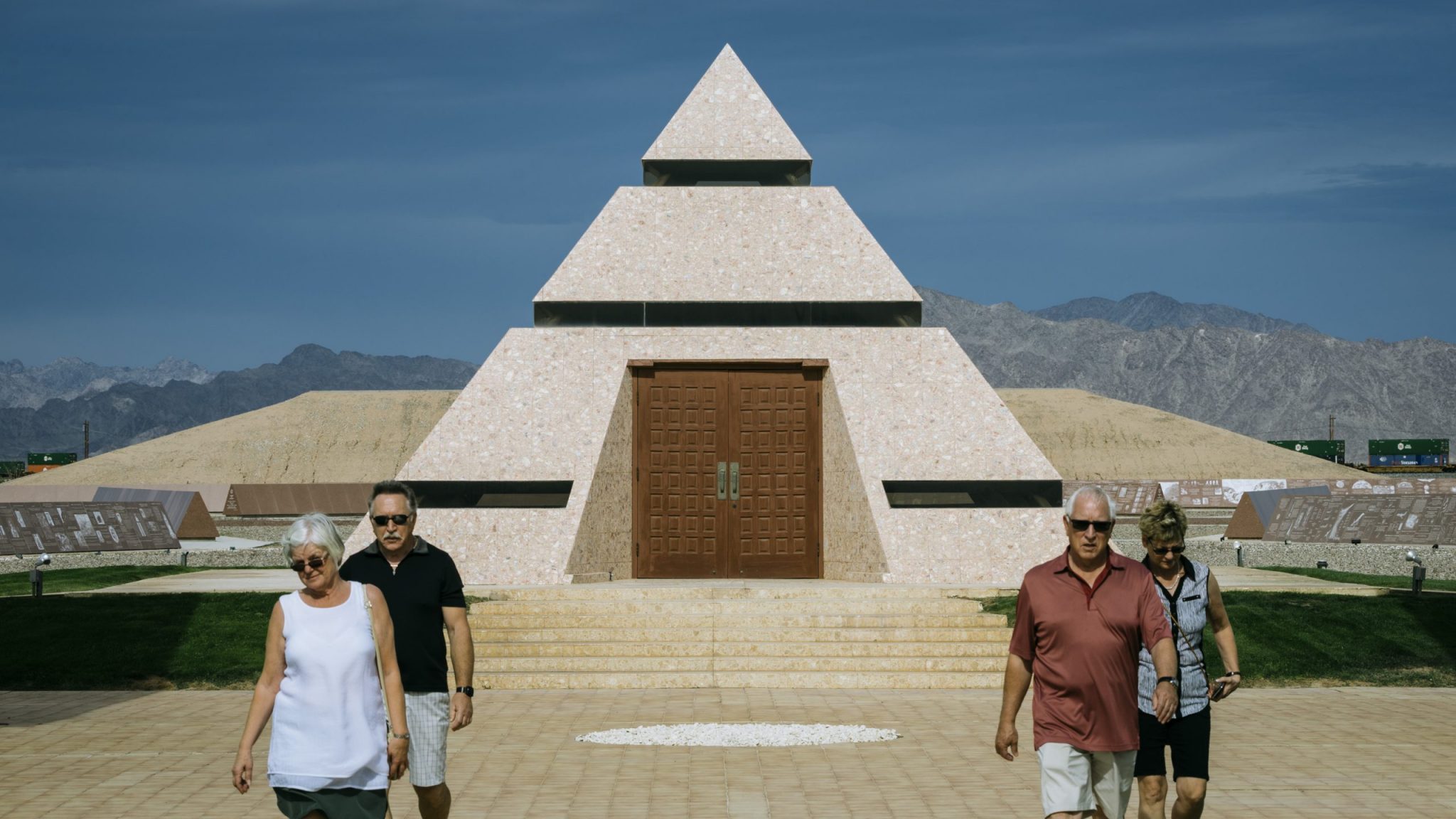
Canadian tourists at ‘The Official Center of the World’ a roadside attraction in Felicity, California.

Vicente Rodriguez drives a 4×4 carrying supplies and volunteers for Aguilas Del Desierto.
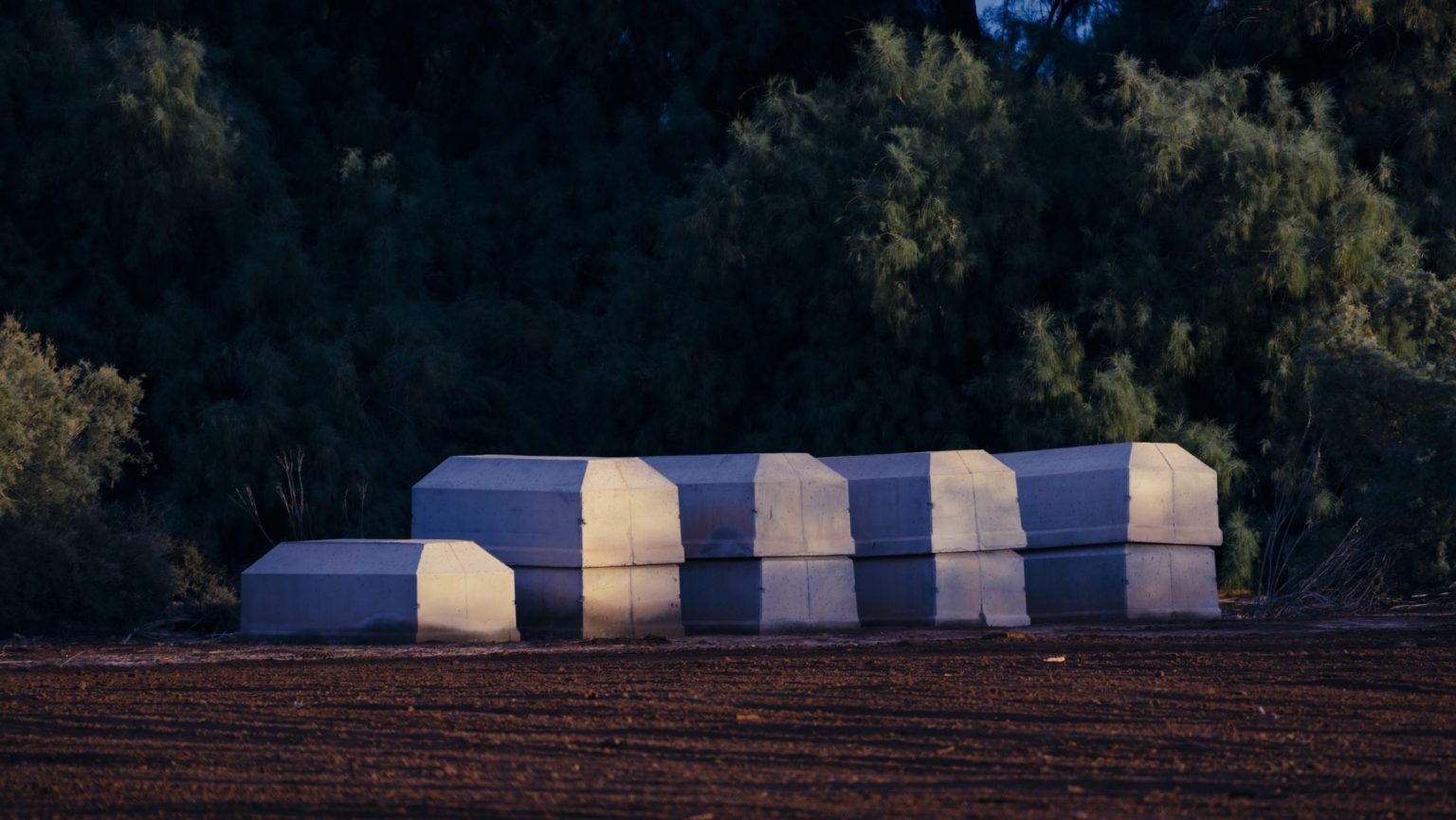
Cement caskets for migrants who remains are not repatriated to their home countries.
“They’ll give them water and recommend they turn themselves in to Border Patrol. Because once you get lost in a landscape like that without water, it’s highly unlikely you’ll survive.”
— Taliesin, describing a common course of action for Aguilas del Desierto volunteers
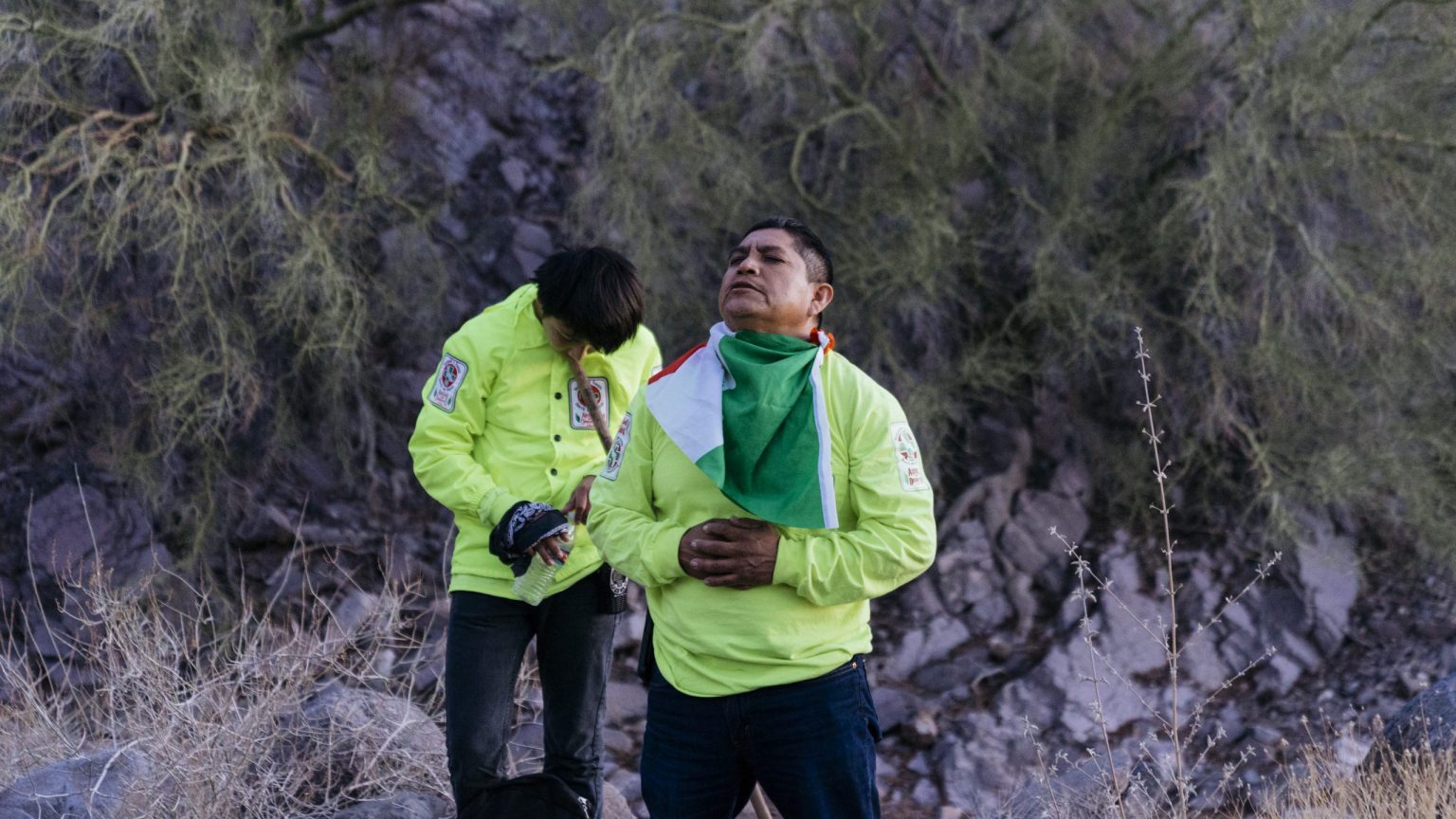
Volunteers Angel Martinez and 14-year-old Jamie Martinez pray for their safety and the safe passage of all migrants before beginning their search.
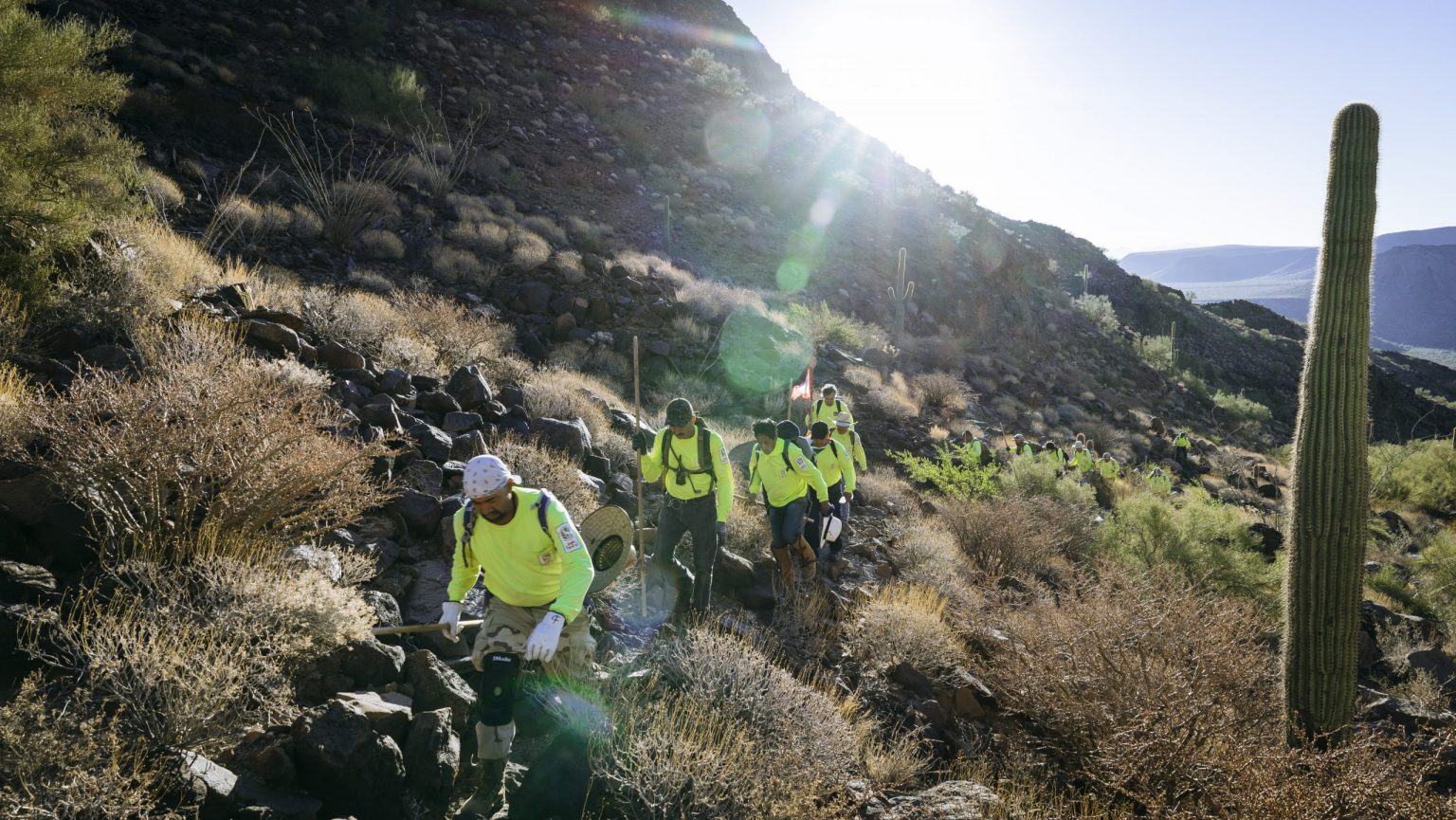
Cabeza Prieta National Wildlife Refuge outside of Ajo, Arizona.
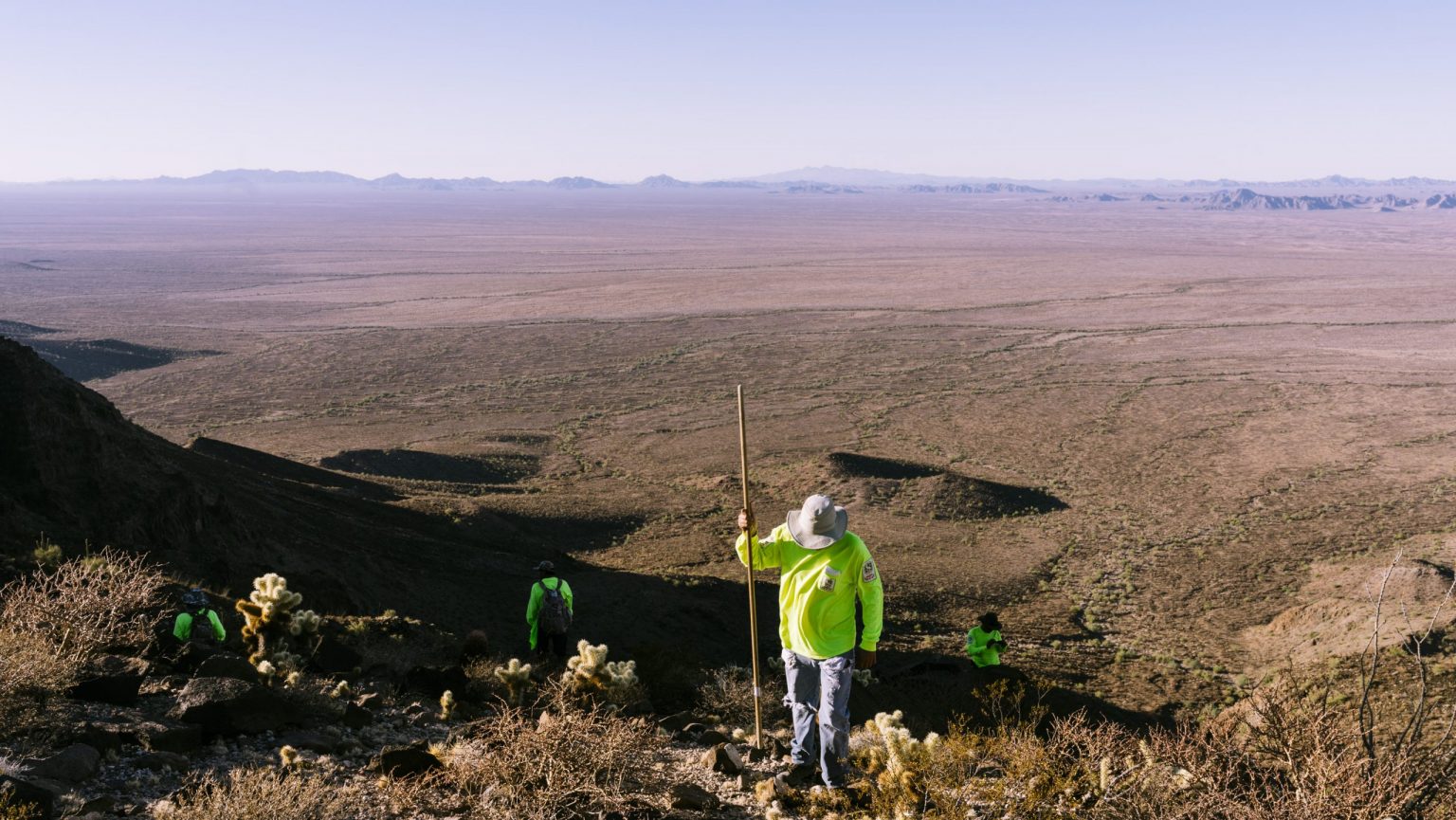
Barry M. Goldwater Air Force Range: Active firing range where pilots practice air-to-ground bombing, rocket delivery and strafing, and the last stretch for migrants before reaching Interstate 8 for pickup.



“At around an hour before sunrise, they were up preparing for a full day of searching in the desert. They’re up sunrise to sunset, Saturday and Sunday. Then they finish up their search and drive home to be at work on Monday.”
— Taliesin, describing the working class men and women that make up the team of volunteers



















